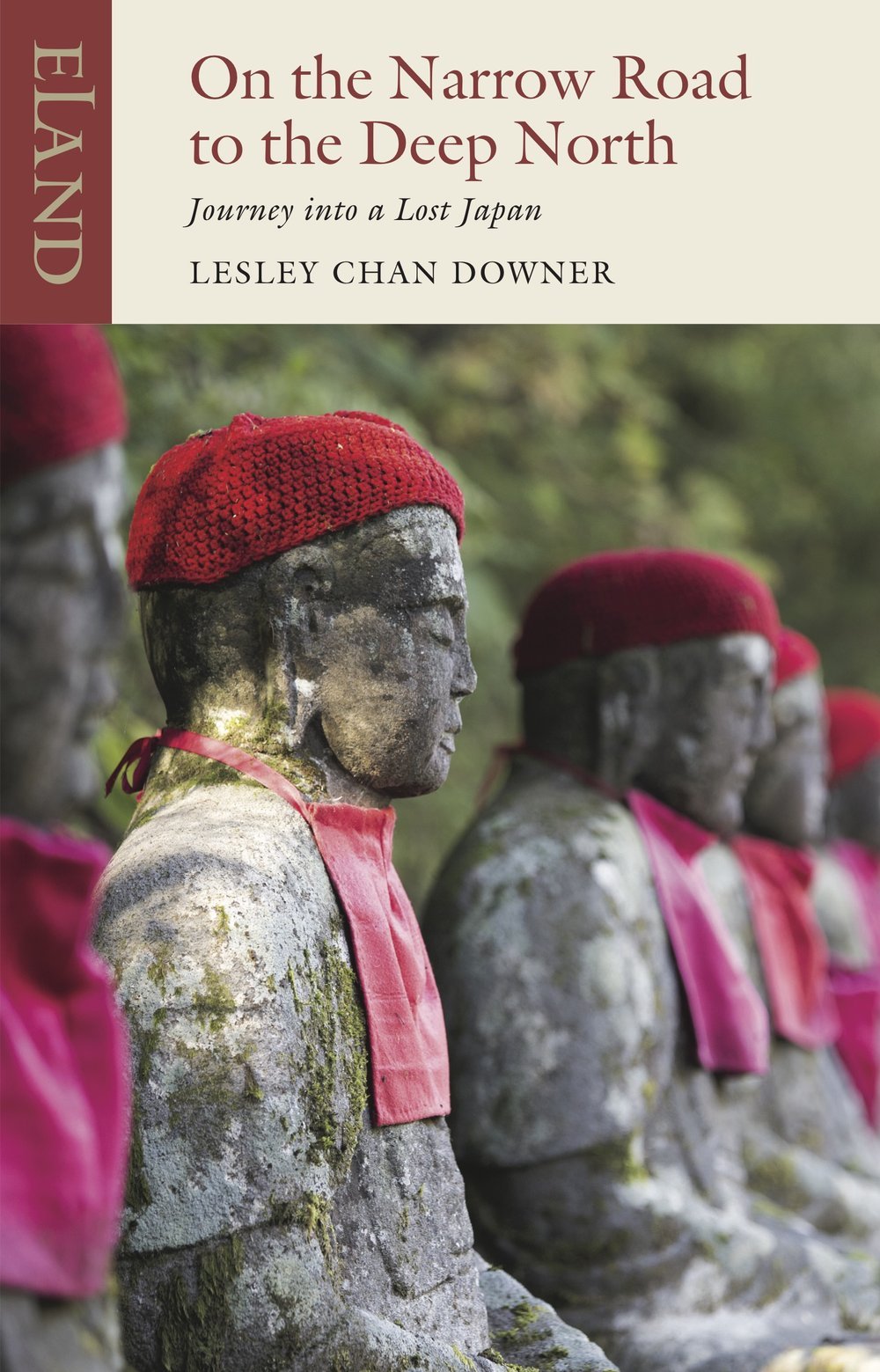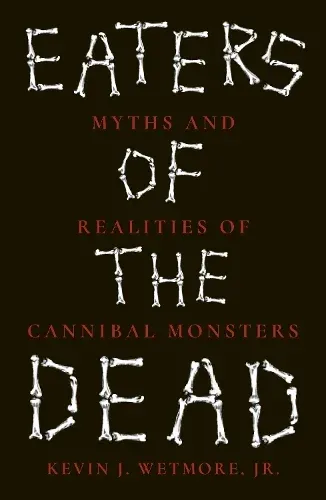Walking in the master poet's great footsteps
5 stars
Along with many others, I've always been fascinated by Japanese culture; it remains a country that can seem mysterious to many, even though its influence pervades all of our lives. So, when On the Narrow Road to the Deep North: Journey into a Lost Japan by Lesley Chan Downer crossed my path, I jumped at the chance to read it and explore the hidden depths of this enigmatic and beautiful culture.
After a number of years living and working in Japan, Leslie Chan Downer, whose lifelong fascination with the country, took the chance to follow in the footsteps of Japan's famous poet, Matsuo Basho, who over 300 years ago set off on a pilgrimage to explore some of the country's remote northern provinces and creating one of Japans most (arguably) famous travel books The Narrow Road to the Deep North.
Setting off from Tokyo and taking the audacious approach of …
Along with many others, I've always been fascinated by Japanese culture; it remains a country that can seem mysterious to many, even though its influence pervades all of our lives. So, when On the Narrow Road to the Deep North: Journey into a Lost Japan by Lesley Chan Downer crossed my path, I jumped at the chance to read it and explore the hidden depths of this enigmatic and beautiful culture.
After a number of years living and working in Japan, Leslie Chan Downer, whose lifelong fascination with the country, took the chance to follow in the footsteps of Japan's famous poet, Matsuo Basho, who over 300 years ago set off on a pilgrimage to explore some of the country's remote northern provinces and creating one of Japans most (arguably) famous travel books The Narrow Road to the Deep North.
Setting off from Tokyo and taking the audacious approach of actually walking, using public transport and hitchhiking, Downer takes us step by step through a rural landscape, changed by post-industrialisation, yet holding on to traditions passed down which have brought the small communities together for centuries. One of the main aspects of what I found so engrossing in On the Narrow Road to the Deep North was this sense of community within the more remote areas of Japan, welcoming the author in, wanting to learn more and welcoming her into their homes, hearts and communities. It imbues a sense of sharing that is so common to suppose as a thing of times past, but remains a thriving part of small communities and, for me, became the more intriguing and surprising part of the book over the actual pilgrimage.
However, the focus of the book always remains on Basho's pilgrimage, and I did sympathise with the author's efforts to meet the Yamabushi hermits, and I can only imagine when realisation struck when they were certainly not as expected as time moved on. However, in all of Downer's travels through Japan, On the Narrow Road to the Deep North: Journey into a Lost Japan remains a comfort to many an urban dweller.
In On the Narrow Road to the Deep North: Journey into a Lost Japan, the reader is not only taken on a pilgrimage following Basho's footsteps, but we also share his Haiku to paint the cerebral landscape in which he walked. In walking in the master poet's great footsteps, Lesley Chan Downer has become the perfect guide.








